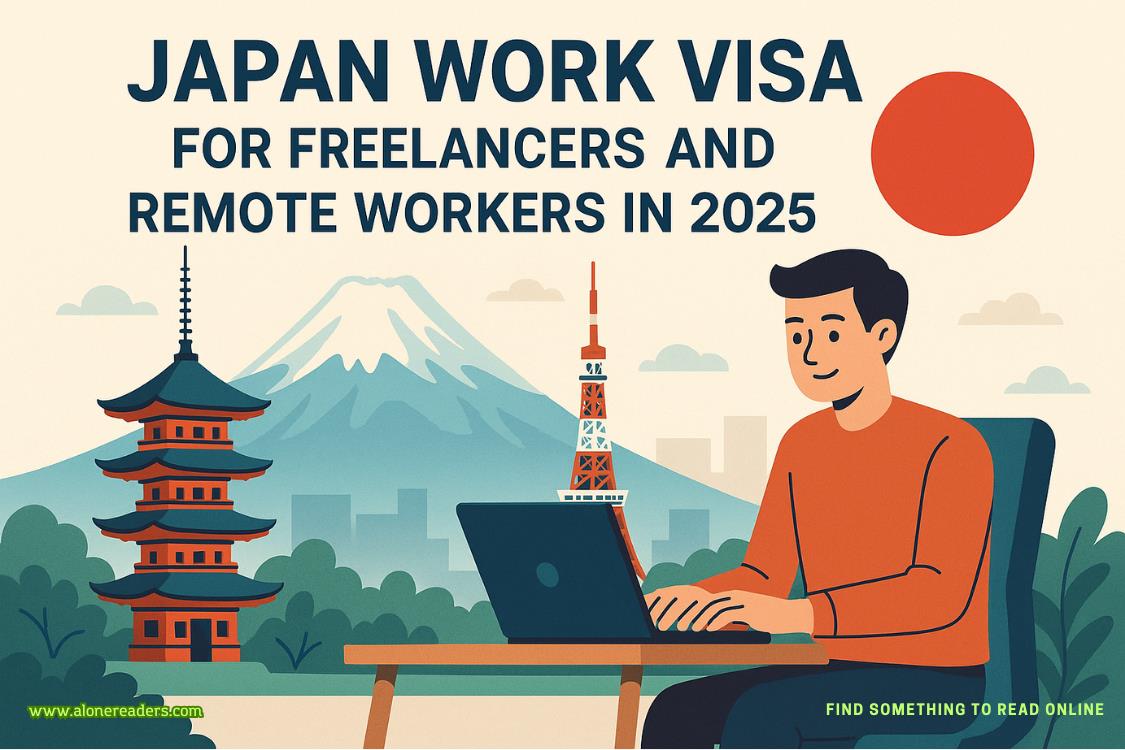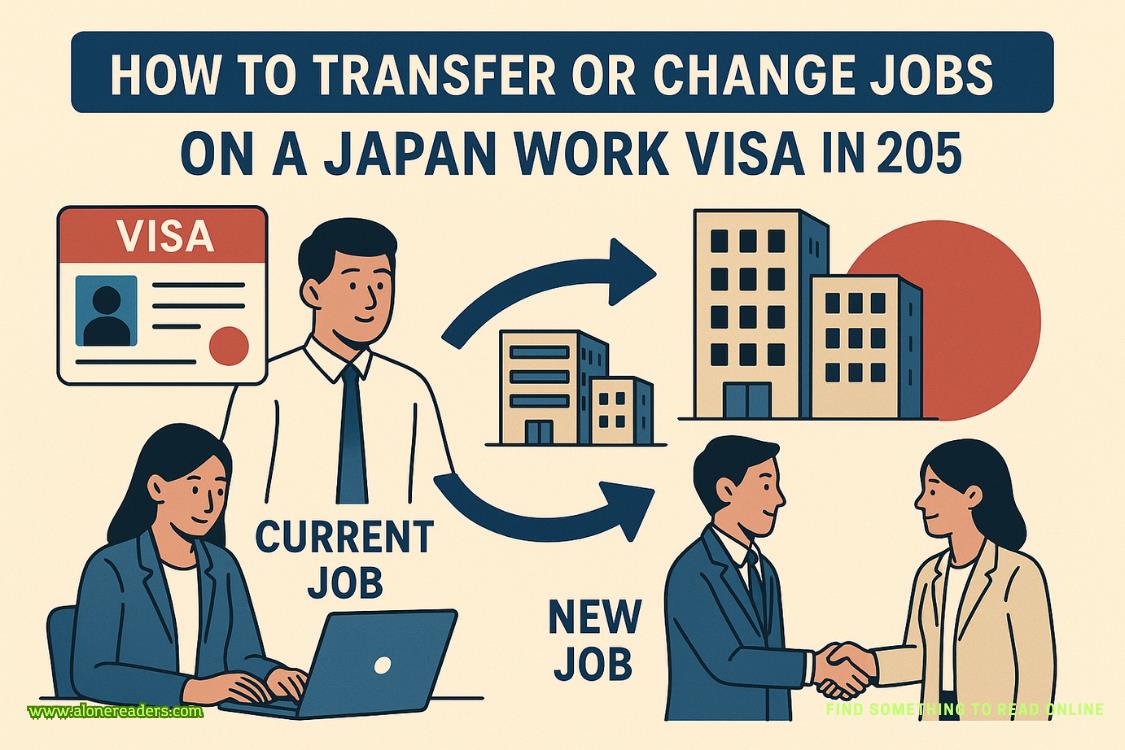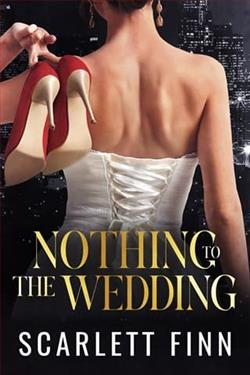Page 11 of Legal Trouble
So what gave?
Not the time, she scolded. She was his attorney, not a lovesick tween swooning over the latest music heartthrob, and she’d do well to remember that.
If she had to choose one word to describe the anteroom, it would be utilitarian. Long, stainless steel counters spanned the walls on the left and the right, leaving little more than a walkway between the door leading back to Whitlow Group and the door leading to the R&D lab proper. Whitlow Group had dozens of R&D labs worldwide, something she’d learned today while digging into the Lone-Star Tech files. While getting a tour of the lab in Honolulu or the one in Barcelona would have been nice, especially with her vacay being nixed, she wasn’t complaining. How many people received a personal tour from Noah Whitlow III himself?
Noah motioned to a series of cubbies on the counter to their left. “For security reasons, you’ll need to leave your cellphone, watch, et cetera in this room. No electronics are allowed in or out of the lab without prior authorization.”
She nodded in understanding and placed her smartwatch and cell phone in the cubby where he also set his cell and watch.
“I’m going to introduce you to Doctor Braydon Plummer,” Noah continued. “He’s the head of R&D at all Whitlow Group facilities, and he knows details on every ongoing project. He also put Lone-Star Tech on my radar after he learned the nature of their research.”
“And what type of research would that be exactly?”
“The kind that can save lives on amassivescale.”
His answer brought her up short. “Saving lives how?”
“I’m gonna let Doctor Plummer explain. He’ll do the topic far more justice than I will.”
With a swipe of the keycard he pulled from his inside suit pocket, Noah unlocked the second anteroom door. When it slid open, a short beanpole of a man in a white lab coat and jeans greeted them. His salt and pepper hair stuck out as if he’d just finished an experiment with static electricity. She pegged him as late forties, but the excitement in his piercing green eyes spoke of a wonderment usually only seen in children. Emma liked him on the spot.
Noah extended a hand to the other man. “Braydon, I appreciate you working this tour in on such short notice.”
Braydon returned the handshake even as he waved off the comment. “I’m glad to do it, especially if it means getting my hands on that sexy little chip sooner rather than later.”
She’d spent most of her morning reading about this miraculous chip, but the details were so technical that she felt as if she were reading a foreign language. She might be fluent in three languages, but none were “technical jargon.”
“If you’ll follow me...” Braydon motioned them toward the hallway behind him. “The chip is this way.”
As they walked, Emma took in her surroundings. To the left, a blonde woman swung her ponytail to what Emma imagined was music only she heard. On the right, two men sat on opposite sides of a table as they assembled a puzzle with—
“No way.” Emma stopped and did a double-take. “Are they assembling that puzzle with robotic arms?”
Braydon chuckled. “Technically, they’re checking the functionality of a pair of robotic arms by assembling a puzzle, but yeah.”
“Wild,” Emma said.
“When perfected,” Braydon continued, “people can use them for things like underwater excavation work that needs a delicate touch or on archaeological sites too precarious for human technicians. I mean, it’s still early stages yet, but everything looks promising. If the prototype passes this stage, and it looks like it will, then we will start underwater testing next.”
“I’m curious how the water will affect the feel of the mechanism on the operator,” Emma mused, thinking of the difference between moving her arm in the air as opposed to underwater. “And what kind of distortion the water might have on technician visibility.”
Braydon smiled as if she were his prize pupil. “All excellent questions, Ms. Morgan, and they’re ones we must address as the project moves forward.” When they reached the end of the hallway, Dr. Braydon typed an eight-digit code into a keypad embedded in the wall. “May I present… well, it doesn’t actually have a name yet. I’ll need to work on that.”
Humor and reverence weaved through Braydon’s words as a panel eased open, and a clear display case slid out. Two cylindrical platforms stretched up from the bottom of the case. Two smaller display cases sat atop each platform. The microchip in question, she presumed, sat on the left while the right was empty.
“Tell me what you see,” Braydon said to her. “And remember, there are no wrong answers, since the question is purely subjective.”
“Okay.” Emma leaned forward and did her best. “Well, without sounding like a complete tech idiot, I see what I assume is a microchip on the left and an empty container on the right.”
“You’re partially correct. The chip on the left is a standard microchip, but the one on the right isn’t a microchip at all. It’s a cutting-edgenanochip, the smallest ever designed, and it was created with the intention of controlling a nanobot.”
“A nanobot?” She stepped closer to the platforms. “I still see nothing.”
“And for good reason. This is the smallest chip ever designed. It can fit inside a bot the size of a lymphocyte—that’s the human body’s main type of immunity cell.”
“Immunity cells?” Emma’s gaze snapped to Braydon’s. “Are you telling me someone designed this to bolster human immunity?”
“No, but I’m saying itcanbe. Just picture it! One day, we can give a heart attack patient an injection of nanobots to find and eliminate artery blockages and repair damaged tissue. If someone has a brain aneurysm, give ’em an injection of nanobots to find and fix the damage, all without the risk of cutting into the brain. Heck, we could essentially create a cancer vaccine that eradicates abnormal cells before they can proliferate. This obviously won’t happen tomorrow or even next year, but this baby right here takes us one step closer to the next great jump in technologyandmedicine.”















